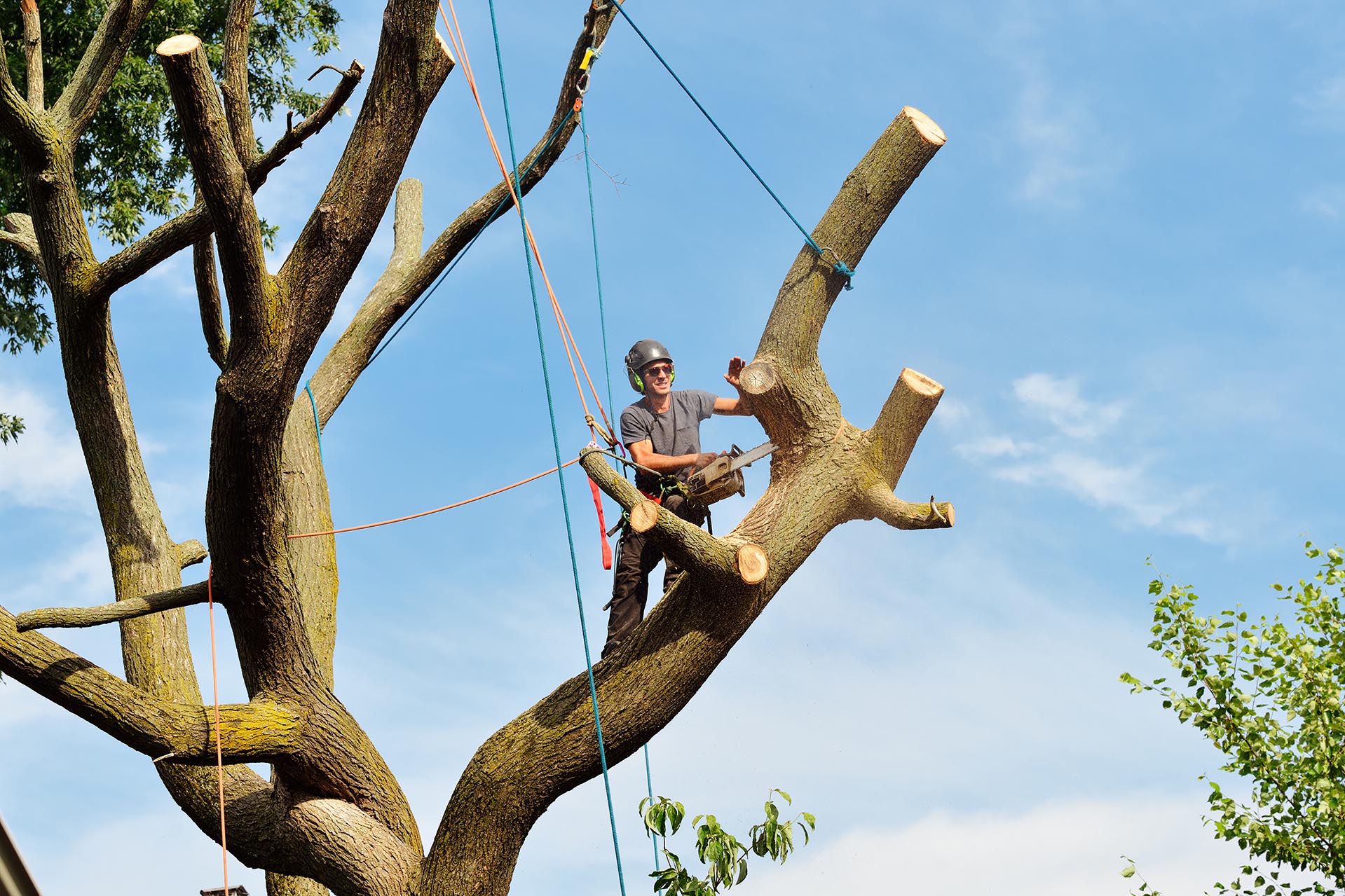The tools you need for effective tree thinning

Tree thinning is an essential part of forestry management. It involves removing a certain number of trees from a forest or woodland area to improve its health, growth, and overall productivity. Tree thinning allows for better air circulation, increased sunlight, and nutrients, leading to more robust, healthier trees. It can also help remove dead or diseased trees from the risk of forest fires by removing dead o tree thinning; you need the right tools.
This blog will discuss the various tools required for effective tree thinning and the factors you need to consider before making any purchase.
Chainsaw:
A chainsaw is essential for effective tree thinning. It helps cut down trees, pruning branches, and prune them. When selecting a chainsaw, you need to consider its weight, power, and size of the bar. A lightweight chainsaw is ideal for cutting smaller trees, while a heavier chainsaw is suitable for morsuitsThe chainsaw’s administration should also be proportional to the size of the tree. A 16 to 20-inch bar is stuff ancient for most tree-thinning tasks.
Pruning saw:
A pruning saw is essential for removing smaller branches that are too thick for a hand pruner. A pruning saw is ideal for cutting branches up to 4 inches in diameter. When selecting a pruning saw, you must consider its blade length, cutting power, and weight. A longer blade will allow you to reach higher branches, while a shorter blade will be more manoeuvrable in tighter spaces.
Hand pruner:
A hand pruner is a small, handheld tool ideal for cutting small branches and pruning shrubs. It is lightweight and easy to use, perfect for delicate pruning work. When selecting a hand pruner, you need to consider the size of the blade, the cutting power, and the overall weight of the tool.
Pole pruner:
A pole pruner is a tool that is ideal for pruning high branches without using a ladder. It consists of a long pole with a cutting head at the end, allowing you to reach e up to 15 feet hi branchesgh. Whenhighebranchespole pruner, you need to consider its length, the cutting power, and the tool’s weight.
Loppers:
Loppers are similar to hand pruners but with longer handles that allow you to reach higher branches. They are ideal for pruning thicker stems up to 2 inches in diameter. When selecting loppers, you need to consider the length of the handles, the cutting power, and the overall weight of the tool.
Safety equipment:
Tree thinning can be dangerous, so having the proper segment is essential. A hard hat, safety glasses, and hearing protection are critical for protecting your head, eyes, and ears. Gloves and sturdy work boots can protect your hands and feet from sharp branches or falling debris.
Pruning sealer:
Pruning sealer is a protective coating that you can apply to the cut ends of branches to prevent disease and insect infestation. It is essential when cutting oak trees to avoid oak wilt.
First-aid kit:
Accidents can happen, even with the proper safety equipment. A well-stocked first-aid kit can help you deal with minor injuries like cuts or scrapes.
When selecting tree-thinning tools, you need to consider the following factors:
Quality:
The quality of the tools you purchase is essential. Cheap tools may seem like a good bargain, but they will not last as long or perform as well as higher-quality tools.
Ergonomics: The tool’s ergonomics are essential as it determines how comfortable it will be for extended periods. Look for agencies with ergonomic handles that are easy to grip and do not cause fatigue. A comfortable grip will help you work efficiently and reduce the risk of injury.
Power:
The tool’s power should match the size of the tree and the task at hand. It would be best to have more powerful tools for giant trees, while smaller trees can be handled with less powerful devices.
Weight:
The tool’s weight is also essential, especially if you need to use it for extended periods. Lightweight devices are easier to handle and manoeuvre, reducing fatigue risk.
Durability:
The durability of the tool is also essential. Look for devices made from high-quality materials and built to last. Durable tools will save you money in the long run as you will not have to replace them as often.
Safety features:
Safety features such as anti-vibration technology and switches are essential when using power tools. These features can reduce the risk of injury and ensure you can work safely.
In addition to considering the above factors when selecting tree-thinning tools, it is essential to use them correctly. Always read the manufacturer’s instructions before using any device and follow all safety guidelines. Wear the appropriate safety equipment, and be aware of your surroundings. Never work alone, and always have a plan in an emergency.
Conclusion
In conclusion, effective tree thinning requires the right tools. Chainsaws, pruning saws, hand pruners, pole pruners, loppers, safety equipment, pruning sealer, and a first-aid kit are all essential tools you will need. When selecting Diamond Tree Company tools, consider the tools’ quality, ergonomics, power, weight, durability, and safety features. Remember to use the tools correctly and follow all safety guidelines to work efficiently and safely.